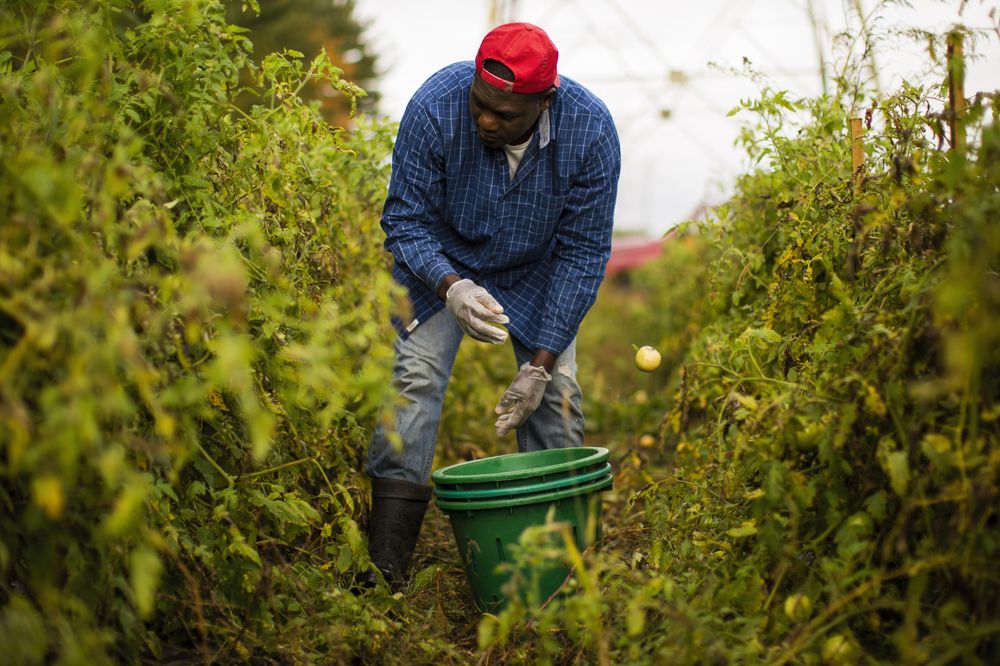By Lesley Green-Rennis
- Public School buses are bringing Wi-Fi to students in need, allowing a connection within a 200-ft reach
- More than 4 in 10 low-income households do not have home broadband services
With the nationwide shift to distance learning amid the COVID-19 pandemic, the homework gap, a measurement between school-age children who have access to high-speed internet at home and those who do not- has become more apparent. To address the problem, educators and school districts are looking for inexpensive ways to address students’ needs by equipping school buses with free Wi-Fi service. About 44% of American households with incomes below $30,000 do not have broadband service and 46% don’t have a traditional computer (46%) so free internet service could be a game changer.
Why This Matters: Some school districts partnered with internet providers, but most found ways to provide service on their own. To reach students without stable WiFi at home, school districts in California, North Carolina, and Pennsylvania are sending buses equipped with long-distance routers to poor and rural neighborhoods. One Texas school district keeps its buses parked from 8am to 2pm every weekday, allowing WiFi connection within a 200-ft reach. According to the most recent Education Department data, 14% of children ages 3-18 – about 9.4 million in total – are without home internet.
Students of color are disproportionately impacted by the digital divide with 19% of Black students and 17% of Hispanic students children lacking access to the internet
Given the significant achievement gap that already exists in the U.S. between poor students of color and their wealthier, whiter peers, this most recent challenge has the potential to impart irreparable damage. Students of color are disproportionately impacted by the digital divide with 19% of Black students and 17% of Hispanic students lacking access to the internet, compared to only 12% of white students. Without dedicated funding to ensure internet access for those without it, school districts were forced to take matters into their own hands with Wi-Fi buses.
Situational Awareness: As the pandemic continues to demand social distancing, direct funding for internet access will be as essential to the academic success of poor and minority children, as daily school lunches are. These temporary solutions do not address the underlying problem. For most poor families, broadband is an added expense to an already tight budget. Many people have advocated for high-speed internet service to be considered a basic public right, one that the government provides and regulates. Without widespread access, the underserved will continue to fall behind as the world moves increasingly towards a digitized society.
CBx Vibe: “I Can” Nas









